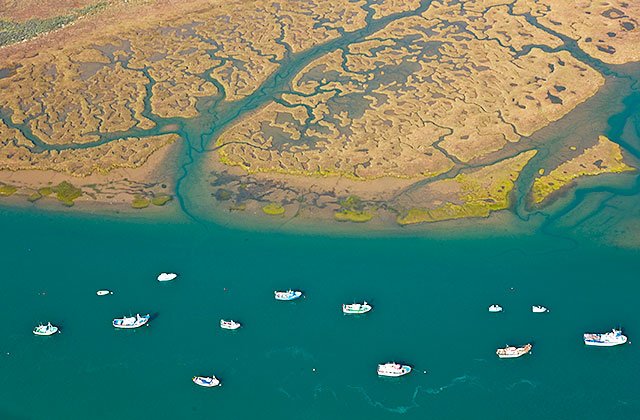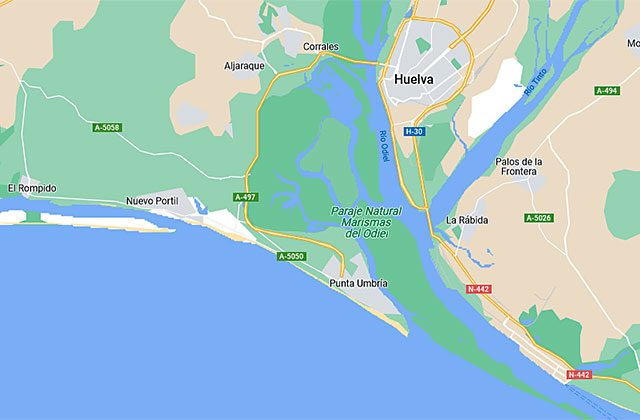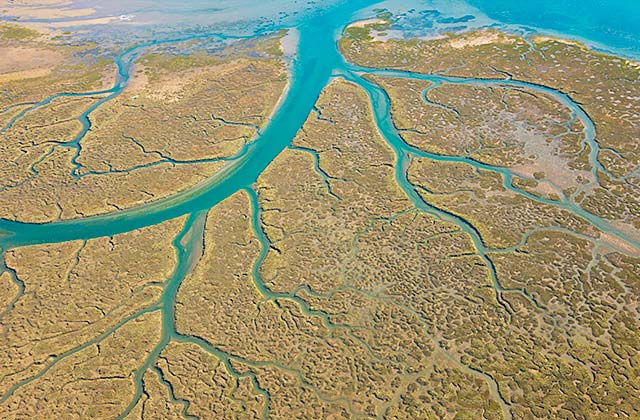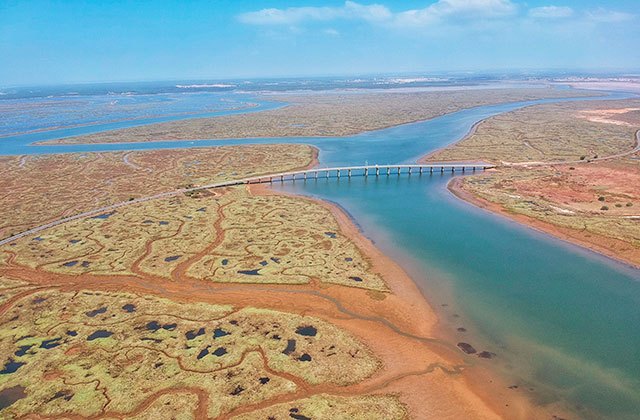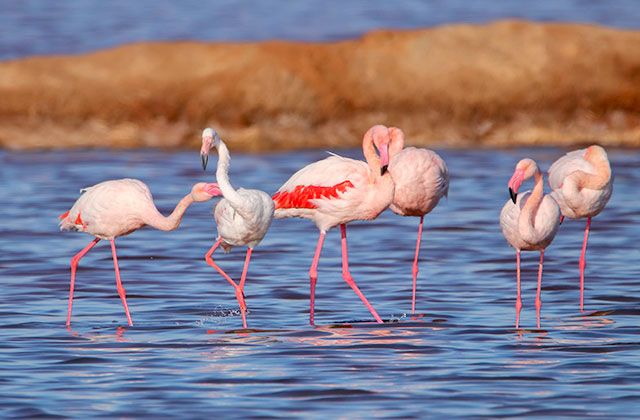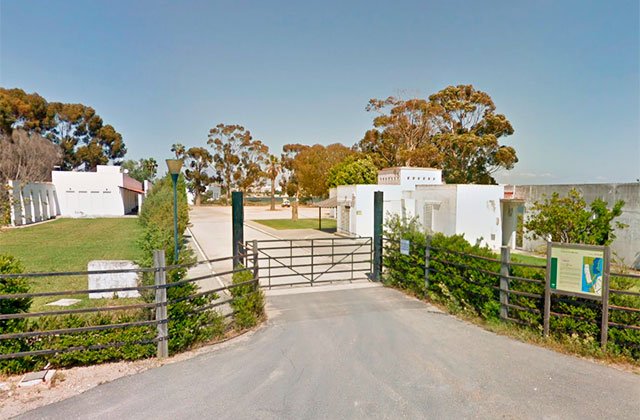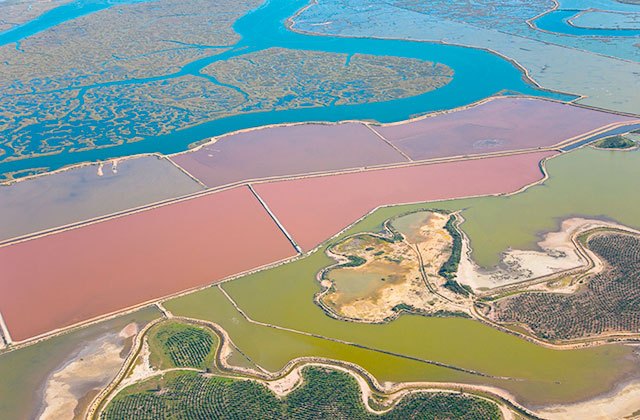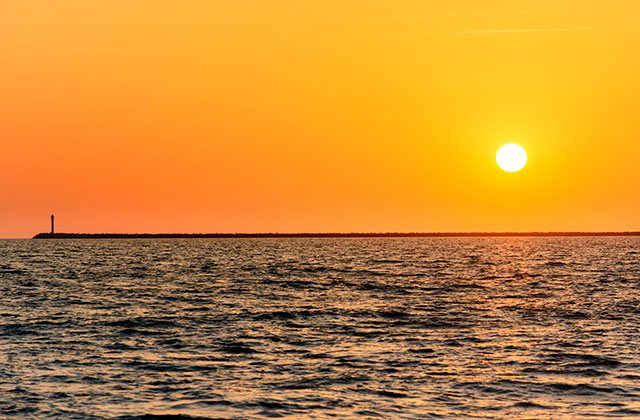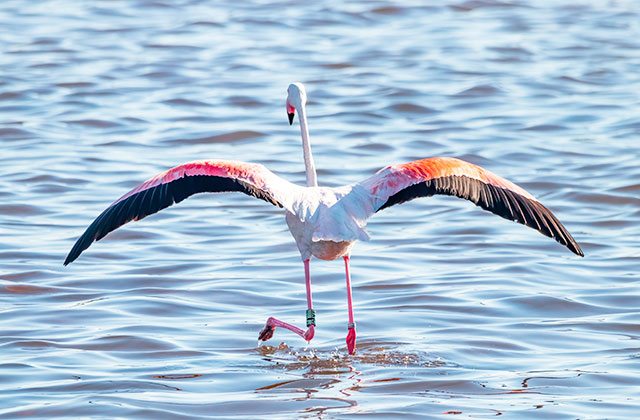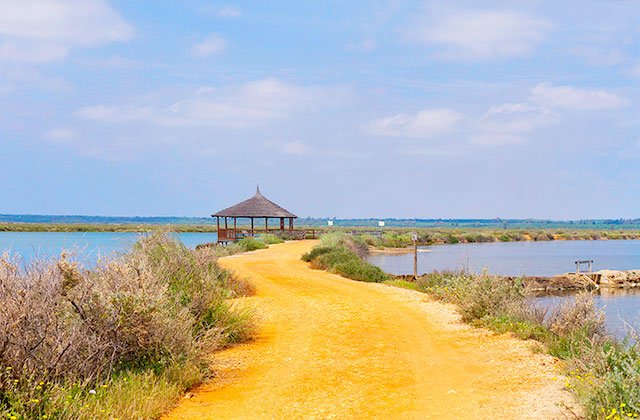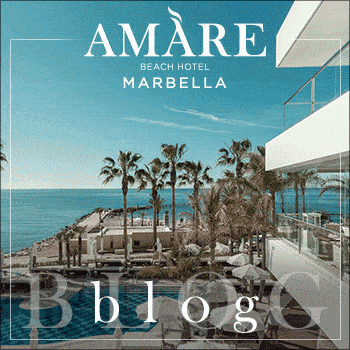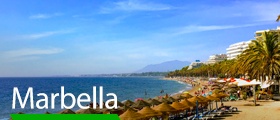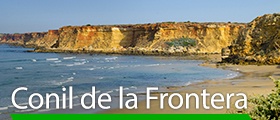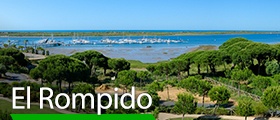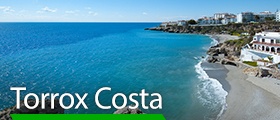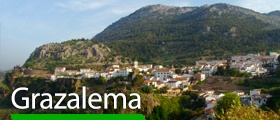
Las marismas del Odiel: un enclave natural donde se encuentran el mar, la tierra y el cielo
From a multitude of hidden treasures housed by Huelva, natural spaces stand out over all the others. Indeed, if the notable heritage that is Doñana were not important enough, a stone´s throw from the capital of Huelva province are the Odiel Marshes: a spectacular natural site that was declared a Unesco Biosphere Reserve in 1983.
The Odiel Marshes are formed by the localities of Gibraleón Aljarafe, Punta Umbría and southeast Huelva. It is a natural setting where the mouths of the Rivers Odiel and Tinto merge.
This setting is a paradise of fauna and flora, although if seeing it is not enough reason to visit, this space is ideal for hiking or even cycling along one of the routes that exist amidst salt marshes and wetlands.
How to get to the Odiel Marshes
While it is undeniable that Doñana is the main lung of Europe, it is no less certain that right next to it and going more unnoticed are the Odiel Marshes, the second most important wetland in Andalusia: 17,300 acres where around 300 species of birds transit. We have surely convinced you to visit this amazing space, but how do you get there? Read on to find out.
To get there just take the motorway in the direction of Huelva-Punta Umbría, then take the exit to Corrales and change direction towards ‘Dique Juan Carlos I’. Lastly, take the road signed “Marismas del Odiel” and after just 1.5 miles you will arrive at the Anastasio Senra Visitors Centre. Do you want to know more about the Odiel Marshes?
10 reasons why we recommend visiting them and enjoying a day of their beauty
- They have been declared a Unesco Biosphere Reserve and Natural Site of National Interest.
- They constitute the most important zone as far as tidal marshes (name given for the meeting between fresh and sea waters) in all of Spain is concerned.
- The fact that it comprises four municipalities makes it, in surface area, the second wet zone in the province after Doñana Natural Park.
- It includes the nearby El Burro Marshes Natural Reserve and the El Burro Marshes Natural Reserve.
- Due to the sedimentary processes that come from the mouth of the rivers and the contributions from the Atlantic Ocean, the great formed estuary can be seen.
- The provision of sediments and the force of the tides have created separate islands caused by extensive arms of water like the Enmedio, Saltés and Bacuta Islands located in the south of the enclave.
- It is a true ornithological sanctuary where, especially in winter during migratory passages, a huge variety and number of birds arrive, including spatulas (forming the largest colony of baby birds in the whole of Europe), flamingos, western swamphens, red-knobbed coots, European bee-eaters, common kestrels, water birds, grey herons, white-bellied herons, cranes, black swans and birds of prey like the osprey and the western marsh harrrier, among many others.
- Its varied landscape makes this a unique enclave, where you can see a range of landscapes from tidal marshes to lagoons like El Batán and El Taraje, via El Espigón Beach or the forests of El Almendral, El Acebuchal and La Cascajera.
- Its great horizontality is noteworthy and allows visitors the chance to enjoy the odour of the saltpeter, the sea breeze and the spectacular arrival of hundreds of birds who find at these marshes an ideal place to feed and in many cases a safe environment to nest.
- In the park itself there is an observatory to watch the different birds.
The most special thing about this natural corner in the heart of Huelva
The Odiel Marshes, in addition to being one of the most important wetlands in Europe, is also home to incredibly important archaeological sites. We can highlight those relating to the Roman and Islamic eras and special mention must be made of the city of Saltés.
Furthermore and thanks to the proximity of the city of Huelva and the fact that two municipalities, Punta Umbría and Aljaraque, have their cities within the Biosphere Reserve, the Odiel Marshes are an unparalleled place for hiking, since it can be enjoyed while taking a stroll from any of the surrounding localities.
Tour of the Odiel Marshes and points of interest
If you want to tour the Odiel Marshes there are several trails you can use. Leaving the Anastasio Senra Visitors Centre, situated at the entrance of the natural site, visitors can take the El Acebuchal, El Almendral, La Cascajera or De Calatilla de Bacuta trails, among others, which lead to the different points of the marshes and to several bird observatories.
The enclosure has four observatories from which we can watch the birds living freely, in addition to enjoying their sounds and the beauty of the landscape.
The Odiel Marshes can also be toured in a small train and by boat, the latter departing from the ports of Punta Umbría and from the Canoas de Huelva quay.
Furthermore, as we will see below, there are several important places within the natural site of the marshes.
Enmedio Island
Enmedio Island is one of the site’s main enclaves and has been declared a Natural Reserve. It is located in the actual marshes where herons, egrets, swans, water birds and spatulas nest, which are endangered species. This small island situated towards the interior of the marshes serves as a winter refuge for many other species, like chamaleons, flamingos, cormorants, great crested grebes and gulls.
El Burro Marsh
In the far north of the natural site, going back to the course of the Odiel marsh near the city of Huelva, is the El Burro Marsh Natural Reserve. It is one of the best conserved ecosystems of the marshes. The most characteristic species of this space is the spatula, the bird with the characteristic flat beak, 30% of whose European population resides here. Ospreys, cranes, variable hawks, swans and herons can also be found.
El Espigón Beach
The Odiel Marshes arrive at the Atlantic in the form of sand. The site stretches towards the exterior between Odiel and a channel of the marsh, like a long thin barrier that seems to provide continuity to the continental coast of Huelva. El Espigón Beach occupies all that outer side that faces the ocean, forming an impressive sand barrier that stretches protecting Mazagón and Huelva Port. The sandy area is 8,200 feet long, accessible via the same road that enters the natural site and an excellent beach for surf lovers.
Odiel Marshes Natural Site Visitors Centre
The Anastasio Senra Visitors Centre is located at the entrance of the natural sit in the salt marshes zone. The building houses an exhibition on the marshes, their formation and dynamics, as well as their importance for the survival of many species.
We can also learn about part of the historic heritage found in the zone, on Tartessos, Saltés and the ‘Discovery of America’.
You can organise your visit to the marshes from the visitors centre.
The Taifa kingdom of the Bakri people
In addition to the natural heritage, the Odiel Marshes also contain historic heritage. The other island on the site, Saltés Island, is home to the archaeological site of the historic city of Saltish, the Islamic town that came to be the capital of the Taifa kingdom of the Bakri people in 1012 until it became part of the Taifa of Seville in 1052.
Remains of the alcazaba (residence of Abd Al-Aziz Al Bakri) have been found and it is estimated that what has come to light encompasses less than 5% of the total surface area of the city.
Flora and fauna of this dreamy enclave
The characteristic vegetation comprises species adapted to the presence of salt in the environment and to the continuous flooding to which the marsh is subjected. The taray, the Phoenicean juniper, the stone pine, the kermes oak, the lentisk, the rockrose, the cistus and the rosemary grow, among others. At the headwaters and peripheral estuaries a vegetation develops that is primarily made up of spiny rushes, typhas and tarays.
This is a compulsory passage zone for thousands of migratory birds. Here we can find the spatula, the grey heron, the white-bellied heron and the western marsh harrier. During hibernation, thousands of water birds seek shelter with the large number of flamingos standing out; it is an impressive spectacle to watch. Also seen are black swans, the glossy ibis and the crane. The chameleon and the lynx are other species that inhabit the zone.
Options for visiting the marshes (booked and guided)
- A special way to visit all the corners of the Odiel Marshes is to do a boat tour, which enables visitors to enjoy the beauty of the landscape and the sound and colour of the different birds that live and feed in this zone.
- Another ideal way to get to know the site is by hiking. Taking the Calatilla de Bacuta trail will allow you to see both ways that the salt is used, one of the zone’s most important natural resources: the traditional salt marshes of Bacuta and the industrial or Aragon ones. If you go deeper into the Cascajera trail you will get to know one of the site’s zones least transformed by man, where the amount of cork carpeting the ground is an impressive sight.
- You can also do tours by minibus or train, during which you will get to know the different ecosystems that make up this enclave, such as lagoons, marshes and forests. Stops are made along the route, enabling you to watch birds in the network of observatories available in this natural space.
Visit the Odiel Marshes and let yourself be enveloped by the beauty of its environment. You won’t regret it!
What are the natural wonders of Andalucia?
Ways to discover Doñana National Park
WHERE TO STAY
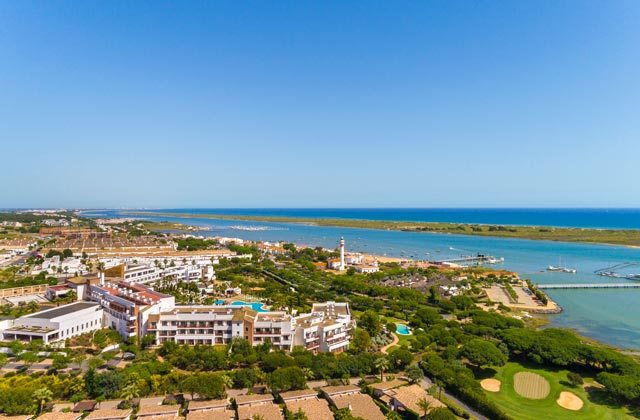
Hotel Fuerte El Rompido
In order to enjoy what Huelva has to offer, it is best to trust the hotels from Fuerte Hoteles, for that reason, we recommend you to stay at Hotel Fuerte El Rompido, which has a privileged location dominating the natural landscape of the river called Río Piedras. Its location is a perfect venue to its architecture or Andalusian roots which blends perfectly with the surrounding environment. Guests can enjoy a virgin beach just 14 km away, and there is also the Sierra de Huelva where they can go on hikes to stay in shape while enjoying nature.
